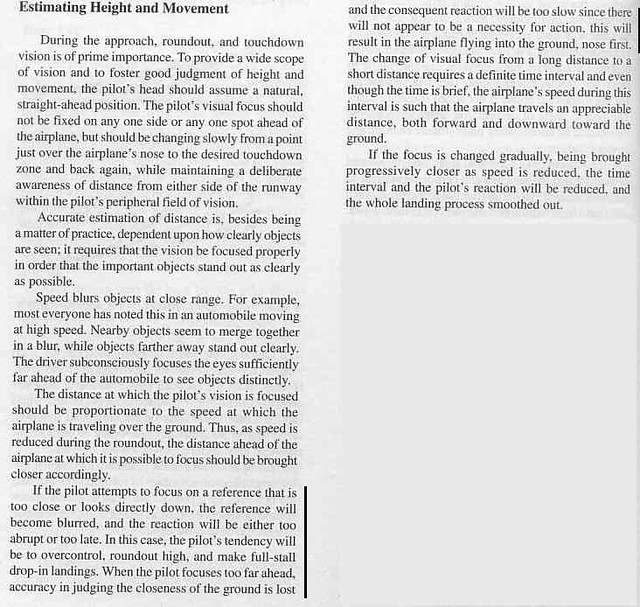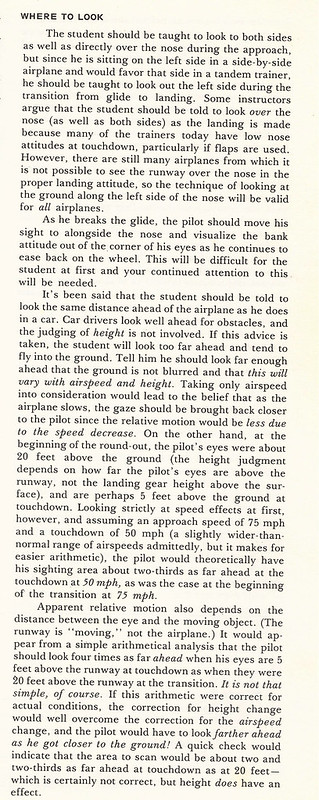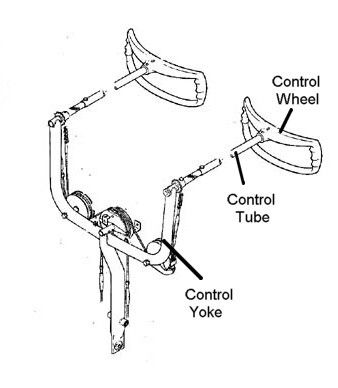Slipperhead
Pre-Flight
- Joined
- Nov 26, 2017
- Messages
- 39
- Display Name
Display name:
Slipperhead
Hi folks! I am in the later phases of training in an accelerated program for PPL. I'm doing fine with landings but I'm consistently not giving enough right rudder just before touchdown.
The sight picture looks just fine to me before touchdown, but we are a bit sideways... When I do give enough rudder, as per my CFIs instruction, the nose appears to be pointing WAY to far to the right. I'm just not seeing it...
Any pointers out there? Thx,
Garland
Sent from my SM-G900V using Tapatalk
The sight picture looks just fine to me before touchdown, but we are a bit sideways... When I do give enough rudder, as per my CFIs instruction, the nose appears to be pointing WAY to far to the right. I'm just not seeing it...
Any pointers out there? Thx,
Garland
Sent from my SM-G900V using Tapatalk





